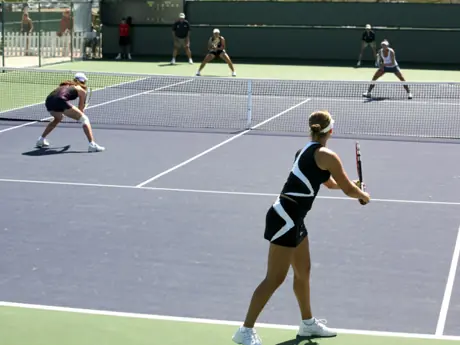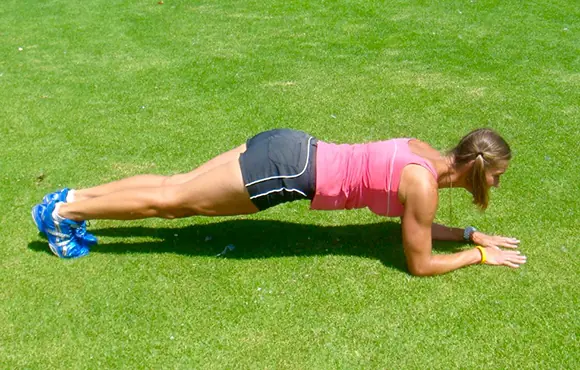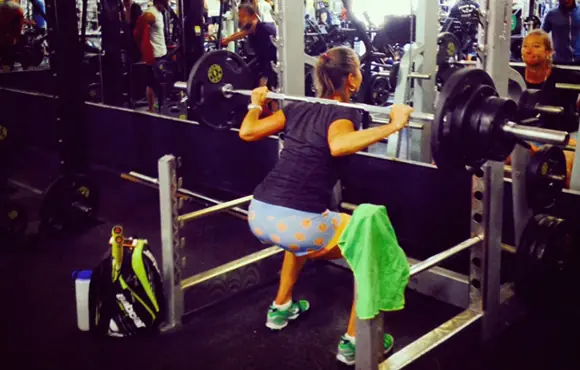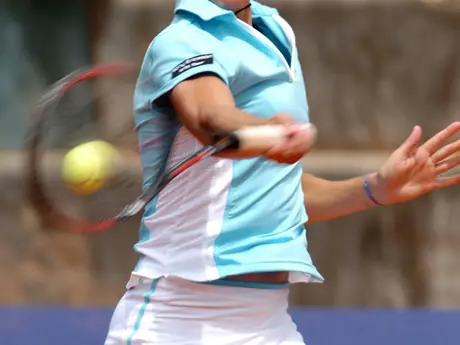Skeletal Imbalances
For the right-handed tennis player, it's common that the left gluteus medius gets weak and inhibited (doesn't work correctly) and other muscles need to compensate. The right hip gets overactive and overused (and tight).
The TFL muscle, piriformis, gluteus medius, biceps femoris (hamstrings) and the adductors on the right side get too tight. The more overactive these muscles are, the more they inhibit your left hip's muscles that continue to deteriorate.
You risk strains of the hamstring, quadricep or groin. In addition, a nagging lower back pain caused from the overactive Quadratus lumborum is usually present.
To avoid any serious future issues, you need to address your imbalances proactively.
- Strengthen your gluteus medius with exercises such as monster walk, one leg-balance, one-leg squat, side leg lifts, side planks with leg lifts.
- Release the tight muscles on the opposite side: stretch and myofascial release for the gluteus medius and piriformis, myofascial release for TFL, stretch and myofascial release for the hamstrings.
- Myofascial release for the lower and upper back.
- Keep your spine mobile and subtle with the cats and dogs exercise, which is a gentle way of increasing your spine mobility. Do the spinal twist stretch.
- For the upper back and shoulder functionality, do the arm circles and elbow touches. Strengthen all the muscles in the upper back and shoulder area, with rubber band pulls, planks with lifting the limbs, windmills and other shoulder stabilizing exercises.
- Always pay attention to the backside of your body. We tend to forget it because we don't see it in the mirror each time when we take a peek. Strengthen the glutes with glute bridges, squats, one-leg squats, stiff-legged deadlifts, hip extensions, and similar. Train your backside much more than you train your front side. The stronger and more functional your glutes are, the more the hip flexors in the front can relax and stop pulling, and your lower back discomfort will go away.
Recreating the balance in your body isn't complicated, but it demands a certain level of discipline and persistence. It's more effective to spend a few minutes every day on these balancing exercises than trying to squeeze in long-run session once a week.
Do a few movements when you watch TV. Do another few on the tennis court after your practice when you chat with your friends. You will be pleasantly surprised how fast you will get positive results.
More: The 3-Minute Stretch to Prevent Tennis Injuries Search for your next tennis event.
Search for your next tennis event.
- 2
- of
- 2
About the Author









Discuss This Article